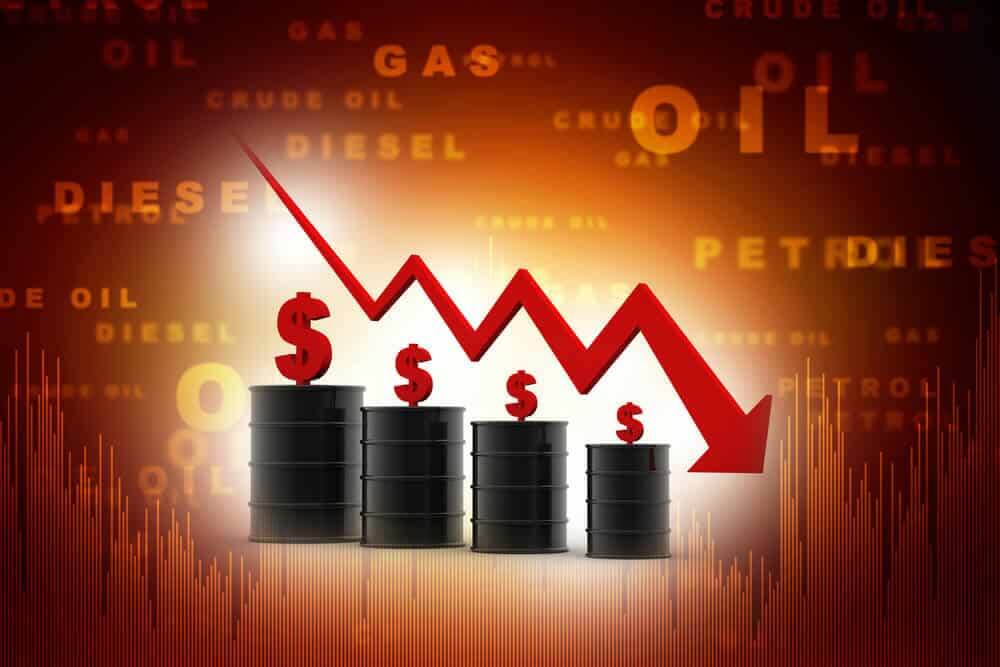
Oil Prices Are Down to Their Lowest Level
Official numbers revealed a surprising increase in oil stocks in the United States, as instances of COVID-19 rise in Europe, Russia. Hence, oil prices fell to their lowest level in two weeks. Moreover, some outbreaks of infection in China harmed prospects for an economic recovery.
Brent crude fell 94 cents, or 1.1 percent, to $83.64. This came after it hit a two-week low of $82.32 earlier and down 2.1 percent the previous session.
Oil in the United States was down 89 cents, or 1.1 percent, at $81.77 a barrel. This is a one-week low after falling 2.4 percent on Wednesday. Outbreaks of coronavirus infections in China and record mortality and the danger of lockdowns in Russia were putting a halt to a multi-week increase in oil prices. A jump in new instances of COVID-19 threatens to undermine the recovery in oil demand.
US Economy and Expectation
In the United States, the economy likely grew at the slowest rate in more than a year in the June-September quarter. The slow growth owed to a return of COVID-19 infections, stretched global supply chains, and global shortages of items such as automobiles. The US Energy Department said that crude stockpiles increased by 4.3 million barrels last week. The number is more than double the 1.9 million-barrel increase predicted by analysts.
The “hefty” stock build came “as a result of a substantial increase in net crude oil imports and continued sluggish refinery processing,” Citi Research commodities analysts wrote in a note.
Nonetheless, gasoline supplies declined by 2 million barrels to their lowest level in over four years, despite rising fuel prices in the United States.
Crude storage at the WTI delivery hub in Cushing, Oklahoma, is the most depleted in three years. Longer-dated futures contracts predict supplies will remain low for months.
Gold futures rose 0.13 percent to $1,801.15, staying over the $1,800 level. The dollar generally swings in the opposite direction of gold. It rose slightly on Thursday, as benchmark 10-year US Treasury yields fell to a nearly two-week low. Investors are now waiting for the Bank of Japan and European Central Bank (ECB) policy decisions. They should come later in the day. According to Reuters, both central banks expect to maintain their current policies. The ECB will likely push back against expectations for an interest rate hike in 2022. They are also looking forward to the United States Federal Reserve policy meeting on November 3 for more information on the asset cutting timeframe.


